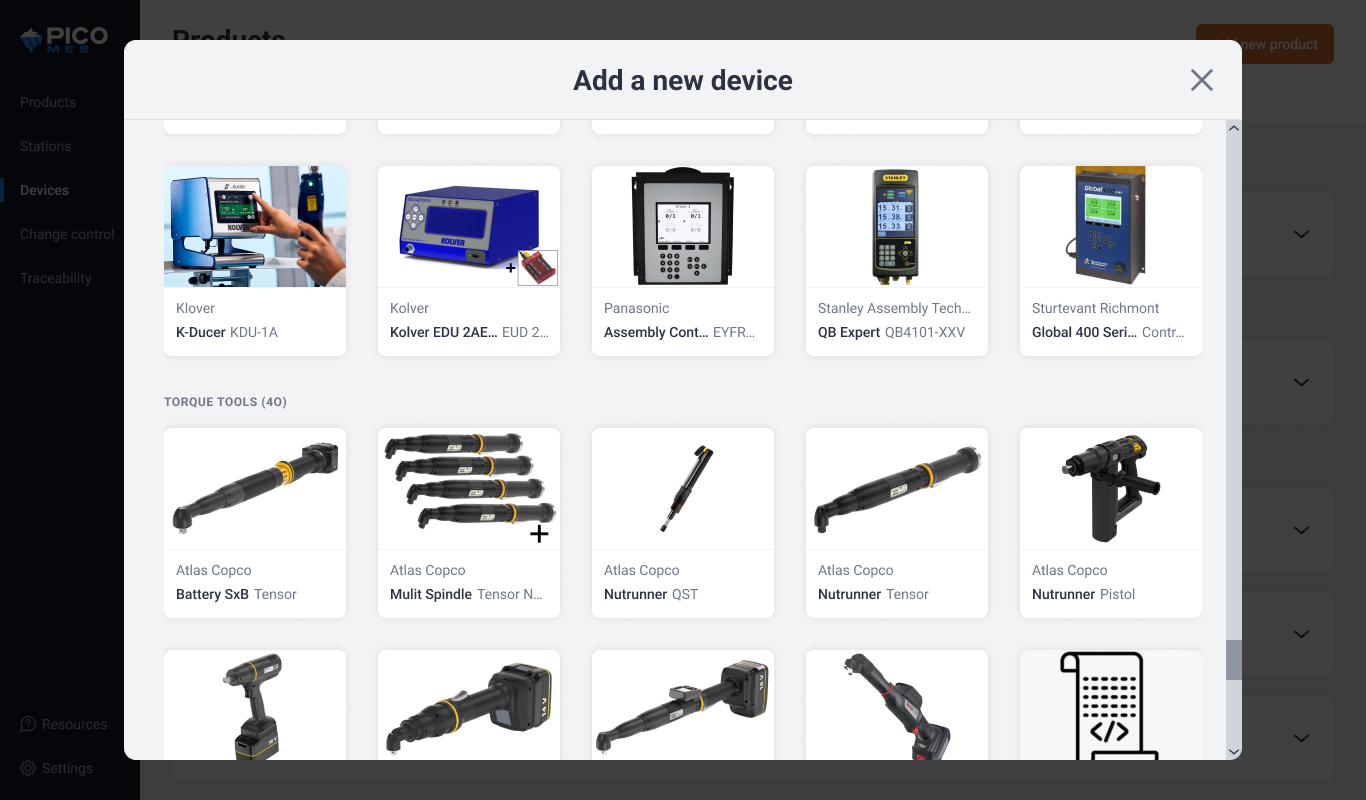#{ item.name }
#{ truncateText(item.metadescription) }
In manufacturing, it’s often said that if you can imagine something going wrong, it will. Malfunctioning tools and human errors contribute to 23 percent of unplanned downtime. For manufacturing engineers, a large part of the job is managing and eliminating risks. This process is called error-proofing, or poka-yoke in the industry.
Error-proofing is a crucial quality control strategy to catch, correct, and eliminate errors at the source, reducing them to where they cause no immediate concern. This is important because what might appear as a minor or isolated incident can be a costly error that jeopardizes customer safety and impacts a business's bottom line. From my experience in the automotive industry, a line-side engineer may produce a new truck every 53 seconds. If an error arises, they have just 53 seconds to figure out what went wrong and fix it before the next truck arrives at their station. Some of these mistakes can even be life-threatening. Boeing, for instance, received significant media attention for its ongoing challenges with defective products and recently reported a $355 million loss.
Expecting perfection is unrealistic, but we can equip workers with the tools to prevent and manage errors effectively. That’s where error-proofing comes in. By enhancing productivity and quality assurance, factory workers have more mental bandwidth to focus on critical tasks and truly hone their craft.
A stronger manufacturing ecosystem depends on error-proofing, and technology has a critical role in doing this effectively and efficiently. Error-proofing enhances worker efficiency, ensures product quality, and protects customer trust – essential to safeguarding a company's bottom line.
Error-proofing optimizes the work environment essential for addressing the manufacturing industry's looming labor shortage, needing 3.8 million workers by 2033. Millennials and Generation Z will be critical in filling these roles, but to do so, factories must cater to the needs of these digital natives who prefer working in tech-savvy settings. A factory clinging to clipboards, paper, and manual tracking risks alienating potential recruits.
When error-proofing technology is incorporated into the workplace, it replicates the user-friendly experience young workers are accustomed to at home. It also can up-level training by replacing traditional shadowing with interactive screens reminiscent of YouTube tutorials. This transformation slashes training times from weeks to mere hours.
Error-proofing also facilitates learning with clear visual guidance and digital work instructions. Employees can confidently execute assembly steps using precise digital prompts, increasing efficiency and eliminating the need to memorize instructions. By alleviating the monotony of repetitive tasks, error-proofing reduces stress and anxiety, unlocking greater creativity and productivity among workers. Meanwhile, floor managers gain real-time insights into preparation times, workload balance, and operational delays, allowing for swift resolutions and heightened operational transparency.
The result? Soaring job satisfaction. Employees experience a fulfilling work environment that cultivates enthusiasm and strengthens their dedication to the organization. By embracing error-proofing technology, factories not only meet but exceed the expectations of the digital-native workforce and set themselves apart as forward-thinking leaders in the industry – while also improving profitability.
Unplanned downtime is an expensive menace in industrial manufacturing, disrupting production and workflows that cost the industry over $1 trillion annually. These interruptions often stem from equipment failures or human errors in procedure adherence. However, adopting error-proofing technology offers a proactive solution that prevents errors and enhances overall equipment effectiveness (OEE).
OEE measures the actual productive output against the planned production time, with many manufacturing lines operating at just 60 percent efficiency. By addressing errors at their root cause, error-proofing technology significantly boosts this metric, ensuring more of the production time is genuinely productive. In my career, I have seen factories leave a 10 percent efficiency and financial improvement on the table. And for some, this can be up to 50 percent.
There is a story that race car driver Lewis Hamilton spends about two percent of his brain driving the car, and 98 percent strategizing how he's going to beat the previous lap. Like a race car driver strategizing his move for each lap, error-proofing allows factories to better execute and focus on how to improve their bottom line.
Embracing error-proofing technology unlocks next-generation factory performance and operations, minimizing downtime, enhancing the worker experience, reducing reworking, and ensuring continued productivity. If manufacturers neglect to embrace a mindset of continuous improvement, they become complacent and fail to address underlying issues.
⇒ I'll leave you with this question: If you were given a chance to build a completely new factory, would you set it up the way you have it today? Or would you consider innovation and improvement? Embracing its transformative potential will pave the way to a better future for the industry.
To learn more about how PICO can help you implement error-proofing without the need for a large IT investment, check out our Complete Guide to Error-Proofing (Poka-Yoke) in Manufacturing.
#{ truncateText(item.metadescription) }
Step into the future of factory operations with Pico MES. Start your journey toward a more efficient, error-proof factory floor today.
